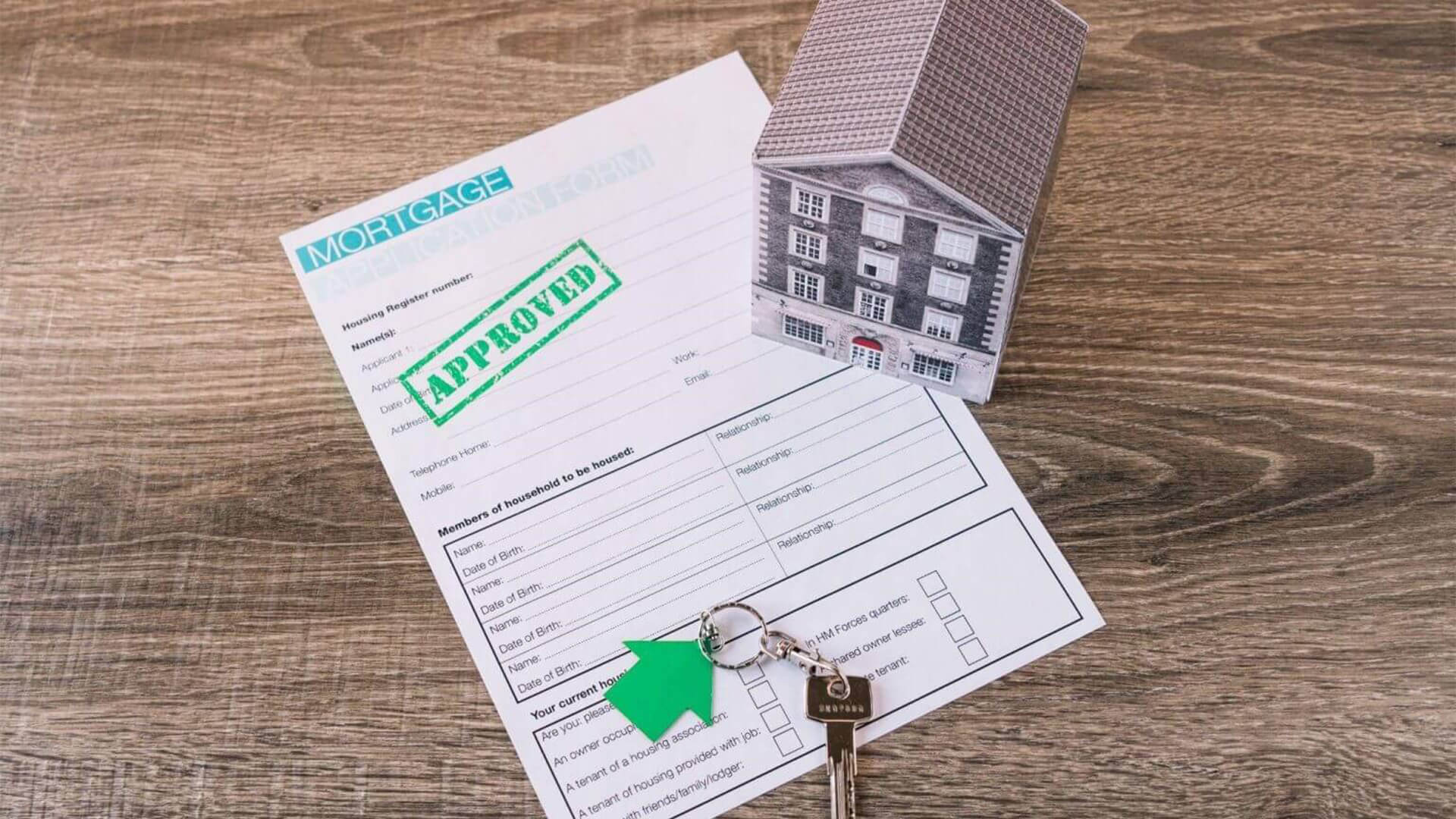Nowadays, more and more women are achieving financial independence, leading to a rise in female home loan borrowers. To support and encourage women in their property investments and home ownership dreams. So, let us look at the advantages of a home loan for women.
Advantages of Home Loans for Women
- Lower Borrowing Cost/Interest Rate for Women:
When women apply for a home loan in India, they are entitled to lower interest rates than men. Lenders view women as more reliable borrowers, encouraging them to invest in properties and buy new homes. This concession on interest rates, typically ranging from 0.05% to 1%, significantly impacts the monthly loan payments, making it easier for women to repay their home loans.
- Low Stamp Duty Charges:
Individuals must pay a stamp duty tax when buying or transferring property. Some financial institutions offer 1%-2% lower rates for women, significantly affecting the overall cost of purchasing a house. Let us say a woman purchases a home valued at ₹50,00,000. Due to the stamp duty concession offered to women, she can save approximately ₹50,000 to ₹1,00,000 on this purchase.
- Tax Deduction Benefits:
When applying for a home loan for women, you can enjoy various tax deductions. Here are some key tax benefits:
Section 80C: Women can claim a deduction of up to ₹1.5 lakhs on the principal repayment of the home loan under this section. To avail of this benefit, the property should be self-occupied and cannot be sold within five years of possession. Additionally, women can claim a deduction of up to ₹1.5 lakhs on the stamp duty paid. However, this deduction applies only in the year the stamp duty expenses are incurred.
Section 24(b): Under this section, women can claim a deduction of up to two lakhs on the interest paid on the home loan. To qualify, the home loan should be taken for the purchase or construction of a house, and the construction should be completed within five years from the end of the financial year in which the loan was taken.
Section 80 EEA: This deduction allows women to claim an additional ₹1.5 lakhs on the interest paid on the home loan. However, this benefit is applicable only if the stamp value of the property is not more than ₹45 lakhs, the woman is a first-time homebuyer, and she is not eligible for the deduction under section 80EE. This only applies to loans sanctioned between 1st April 2019 and 31st March 2021.
Joint Application: If a woman applies for a home loan jointly with her husband or any other eligible co-applicant, they can claim the tax deductions separately on the principal and interest paid. However, both applicants should be mentioned as owners in the sale deed/conveyance deed.
- Longer Repayment Tenors:
Women borrowers can opt for longer loan tenors, up to 30 years. This allows them to reduce their monthly installments, giving them the flexibility to focus on other financial goals. If you want to know how long tenure you can opt for, you can use the home loan calculator to understand this better.
- PMAY Schemes for Women:
Women can secure their financial future using the Pradhan Mantri Awas Yojana (PMAY) – Credit Linked Subsidy Scheme (CLSS). This scheme makes it mandatory for women to be co-applicants when applying for a home loan, ensuring their financial security even in old age or widowhood. Under CLSS, the government provides an interest subsidy of up to Rs. 2.67 lakhs, with preference given to women applicants. The subsidy is given upfront, reducing the overall interest amount.
The benefits under PMAY-CLSS are based on different income groups:
- Economically Weaker Sections (EWS) with an annual income of up to Rs. 3 lakh.
- Lower Income Group (LIG) with an annual income from Rs. 3 lakh to Rs. 6 lakh.
- Middle Income Group 1 (MIG 1) with an annual income from Rs. 6 lakh to Rs. 12 lakh.
- Middle Income Group 2 (MIG 2) with an annual income from Rs. 12 lakh to Rs. 18 lakh.
To be eligible for the benefits under PMAY-CLSS, the following guidelines must be met:
- At least one woman in the family must be registered as the owner of the new property, even if she is not the one buying it.
- The applicant or their immediate family should not own a ‘pucca' house anywhere in India. This includes situations where the applicant lives with their parents who own a home.
Additionally, the scheme offers other benefits, such as different subsidy interest rates and maximum loan amounts based on the income group and property carpet area.
Conclusion
Financial institutions have played a significant role in helping women to buy their own homes and have a sense of security for the future. This support has improved their financial situation and enhanced their social standing by involving them more in managing household finances and property ownership.
If you are looking to apply for a home loan for women, first check your eligibility with a home loan eligibility calculator to make an informed decision.







